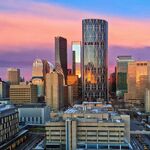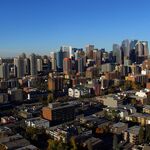I thought that was the ENTIRE reason? As in, we are so reliant on downtown tax revenue, we needed to do this to stem the bleeding and try and recoup that tax loss. Was the $121ish million successful in doing so? How long until we recover that investment? If the answer is never, how is that a good thing?
The vitriol we hear directed at suburbs is because they are not financially viable for the most part, needing a big subsidy. But somehow subsidizing the downtown is considered fine, because vibes?




